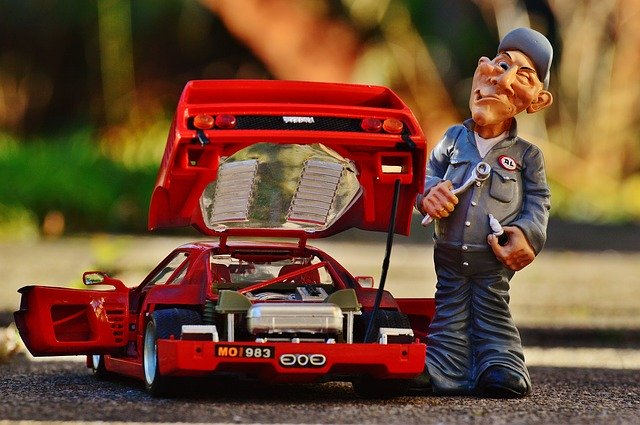It’s an old complaint that environmentally friendly products cost more. Plus, it can be hard to tell the difference between green products and greenwashing. Research usually reveals complex tradeoffs that make it hard to determine the greenest choice. Add to that the limits of your budget that require you to prioritize some changes over others, and suddenly living green can start to feel like calculus. But some environmental choices are not complex at all. Here are some changes you can make that always make sense – environmentally and economically.
Car Maintenance
On average, Americans drive 13,474 miles per year in cars that average 25 mpg. Everyone would like the dual joys of a shiny new car and a smaller carbon footprint that a new Tesla would bring. But new cars are expensive. And, unless you’re driving a real gas guzzler or really putting the miles on your car, the amount of carbon you don’t emit from that efficient new car may not justify the energy and resources used to manufacture it.
But no matter what kind of car you drive, proper maintenance will save you money and cut your carbon footprint. The efficiency boost you get from taking good care of your car may surprise you. Regular tune-ups can boost your fuel efficiency by 4 percent. If everyone drove with properly inflated tires, the United States would save four million gallons of gas every day. A dirty engine air filter can reduce fuel efficiency by 5 percent. If your car needs major repairs, your fuel efficiency could be reduced by up to 40 percent until you get it fixed.

Home Efficiency
A home is a complicated system, and each one is different. Figuring out where to put your money to improve your own home’s efficiency can require a home energy audit. When does it make sense to buy new, efficient appliances? Are triple glazed windows worth the additional cost? Is my R30 insulation good enough?
Deciding whether to upgrade insulation and choosing the best type of insulation for your purpose might be tricky questions. But adding insulation where there is none is always a good idea. Many older houses have some insulation in the attic, but not in the walls. Some houses have insulated walls, but exposed water pipes in the basement or garage that could benefit from pipe wrap.
Weatherizing can be practically free and will nearly always save money and energy. Small steps like sealing gaps around leaky air ducts can save up to 30 percent of your heating energy. Sealing doors and windows – or even opening and closing curtains at the right times – can add up to another 20 percent. Speaking of windows, replacing single-pane windows with new Energy Star rated windows could save you up to $465 per year and increase your home’s energy efficiency by 10 percent.
Eat More Vegetables
The impact of growing, producing, transporting, and storing food is immense. Food production accounts for 26 percent of global greenhouse gas emissions, 70 percent of global freshwater use, and 78 percent of global water pollution. But shopping your values is complicated. Is it more important to buy organic or local? What about humanely raised meats? Should you raise your own chickens?
The data are quite clear that the best way to reduce your foodprint is to adopt a vegan diet. But many factors, such as access, affordability, health, and culture, influence our food choices. It’s simply not realistic to expect all of us to make that significant lifestyle change.
But trading any portion of meat from your diet for vegetables will reduce your foodprint, and will probably lower your grocery bill. And while vegans may need to work to get enough protein, most Americans are eating too much of a good thing. Eating more vegetables will result in a healthier diet for most Americans.
Reducing your food waste is also always a good idea. Nearly a third of all food produced goes to waste, accounting for 8 percent of human global greenhouse gas emissions. Americans waste about $660 worth of food (about 400 pounds) per person every year.
Use Less
We spend a lot of time wondering how we can do more for the environment. But everything we do has some environmental impact. Instead of driving to the store to buy a green product, make the choice to stay home and read a book to counter consumer culture or go for a walk and consider questions of complicity, complacency, and convenience. The questions are complex and their answers aren’t always clear. But the most cost-effective, greenest consumer option is usually to use less the first place.
The post Home “Eco”nomics — Green Choices That Always Make Sense appeared first on Earth 911.








